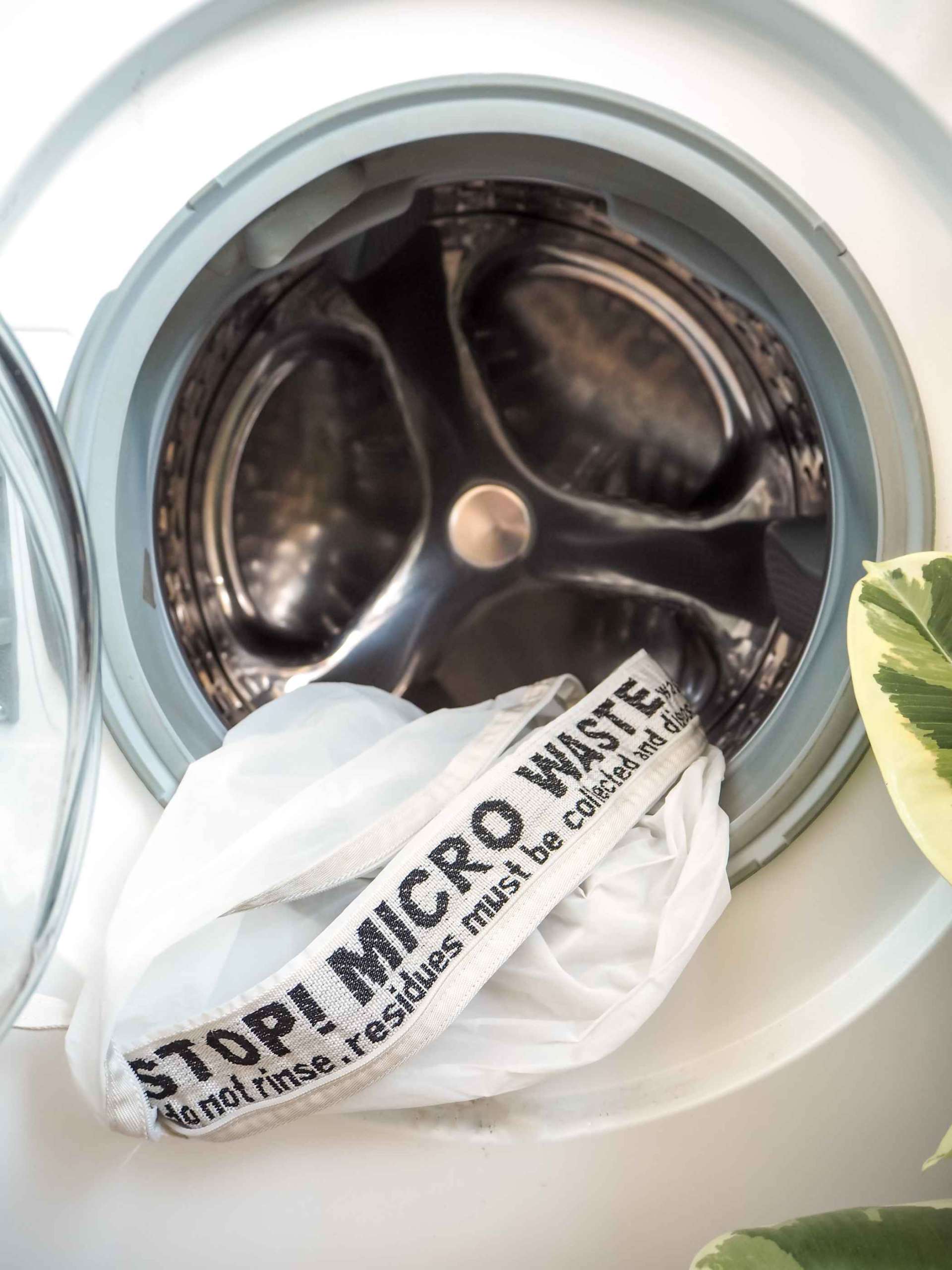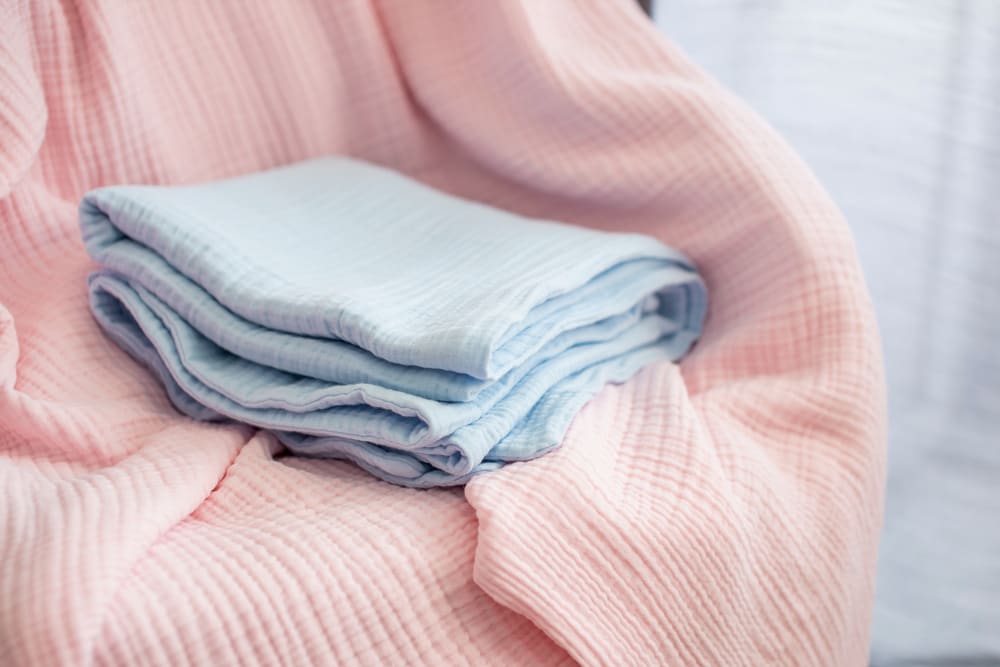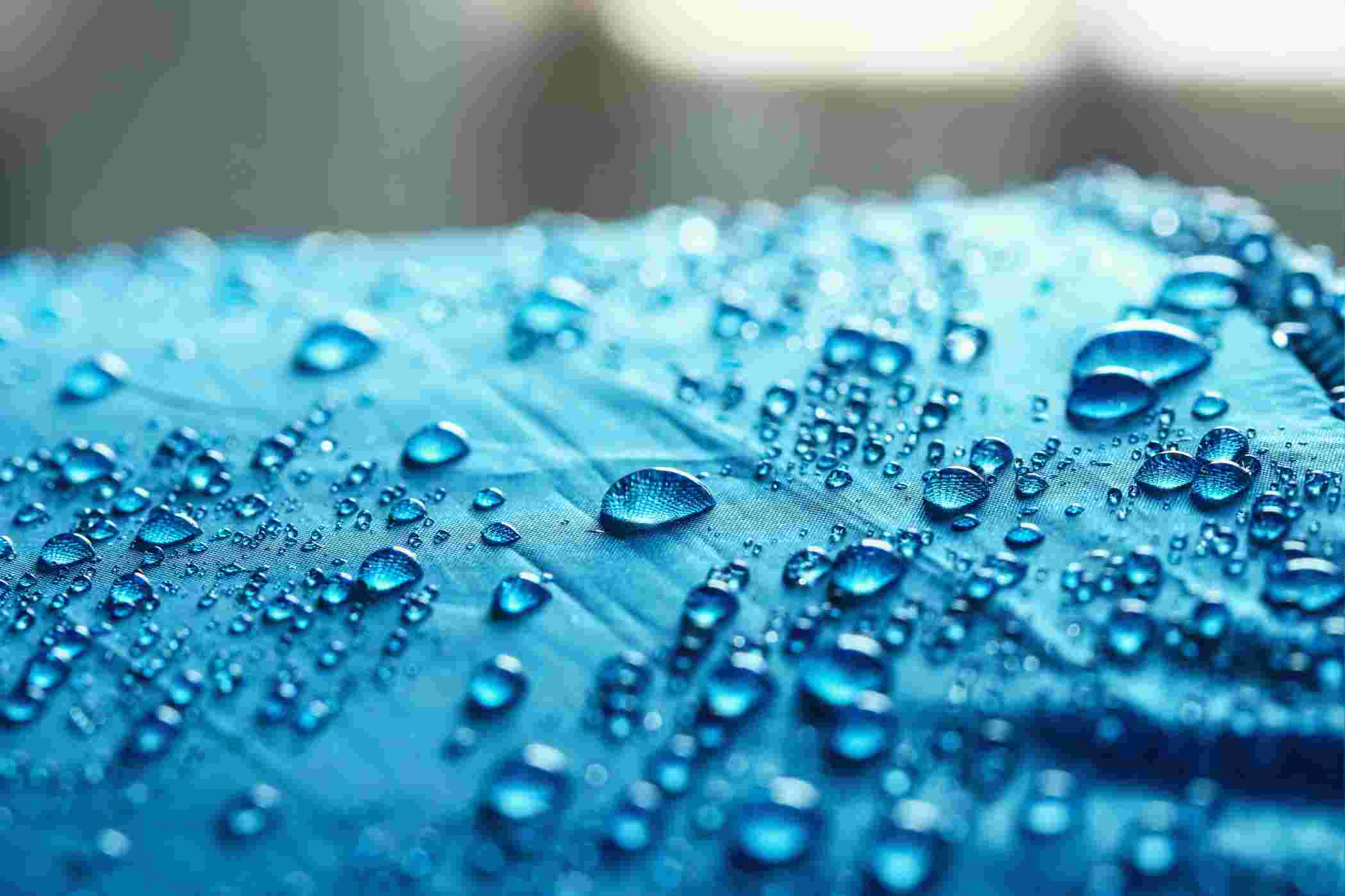Lyocell: Origin, production, types, importers and exporters, uses, and environmental impact



| Fabric name | Lyocell |
| Also known as | Tencel |
| Breathability | High |
| Moisture wicking ability | High |
| Major producers and exporters | China and Europe (Austria) |
| Used for | Denim, dress shirts, underwear, towels, conveyor belts, medical dressings, specialty paper |
Origin
Lyocell is a type of rayon which is a semi synthetic derivative of cellulose. An American company named 'Enka' first manufactured it in the 1970s but couldn't bring it to the market. It's production was then started by a British company named 'Courtaulds' which named the fabric 'Tencel'. The company was finally acquired by 'Lenzing AG' based in Austria. While the company is based in Austria, they have outsourced their productions to China, who is now a leading manufacturer and exporter of Lyocell.
Production and overview

The production of Lyocell is very similar to viscose/rayon production but the only difference is the use of a direct solvent in lyocell production. The steps are:
Preparing the wood pulp
Hardwood trees are chopped into small chips and mixed with a chemical which turns them into a wet pulp made of cellulose. This wet pulp is made into sheets that are thin and large in size.
Dissolving the cellulose
These sheets are broken into pieces and put into a heated and pressurized container having amine oxide.
Filtering
The cellulose dissolves in the solvent and is filtered out as a clear solution.
Spinning
The solution is passed through a spinneret through which fibers spring out which are then made to pass through a diluted solution of amine oxide.
Drying and finishing
The water is evaporated from the fiber and some lubricant is applied to it.
Final steps
The dried fiber is then put in a machine called crimper that compresses it and gives it texture and bulk. The material is then ready for shipment.
The fabric's qualities include being extremely hardy, high moisture wicking ability, and high breathability. It's known to be extremely light and gives a very comfortable feel. This is what makes it the fabric of choice for the garment industry that often uses it instead of cotton or silk.
Fabrics similar to lyocell
Tencel/lyocell is generally of a singular nature but there are some fabrics that are similar in nature to it. These include:
Viscose rayon
Which is also a cellulose based textile and was invented before lyocell . Although it might be cheaper to produce, it's production is more harmful to the environment.
Modal rayon
It's production dates back to the 1940s and it is made using a simpler process compared to viscose rayon. It is, however, not as popular as the former.
Major importers and exporters

Although Lyocell was first invented in the USA , today the largest producer is China where most of the production and export takes place in the factories owned by Austria-based 'Lenzing AG'. Some production also takes place in Europe. India, Bangladesh, Vietnam are the emerging producers of Tencel. The major importers continue to be Europe and USA.
Uses of Lyocell
Although Lyocell is a bit expensive to produce compared to cotton or silk, it still finds use in the apparel industry. The most common garments made from it include dress shirts, underwear, towels, and denims. It is also used in the fabric parts of conveyor belts , automotive filters, ropes and abrasive materials. Medical dressings made of Lyocell are also becoming increasingly popular.
Environmental Impact
The production of lyocell includes no ill offshoots and is less harmful to the environment compared to other cellulosic substances. Its premier element, cellulose, is freely got from managed tree granges, and this particular industry has not yet been accused of poor forestry habits. The amine oxide detergent is nontoxic. Lyocell fabrics are naturally biodegradable. Manufacturing lyocell is environment friendly compared to other fabrics made from the same core substance.



















